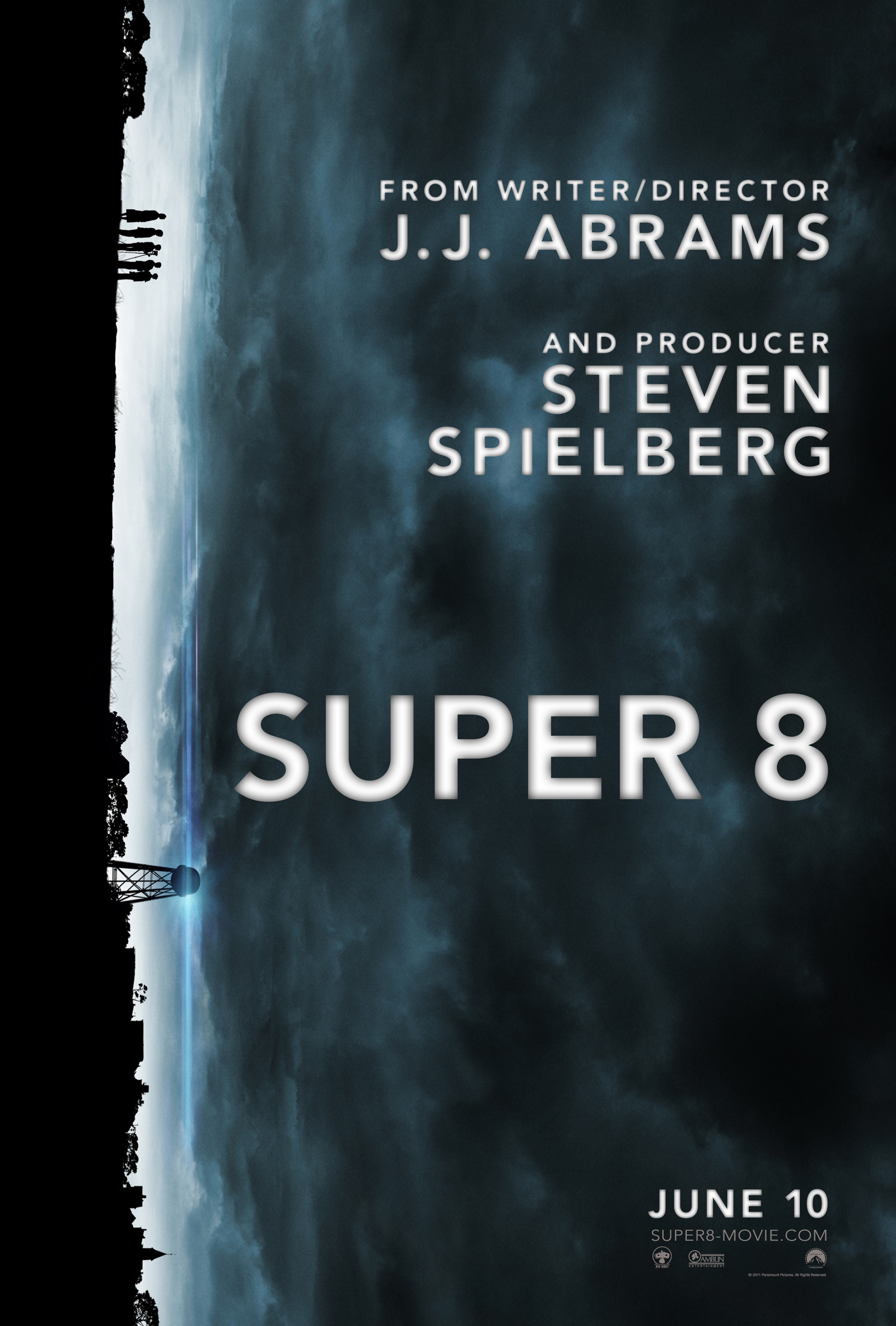-picture-MOV_69f160b3_b.jpg)
To continuously get up in front of a large number of people and try over and over again to make them laugh must take a tremendous amount of self confidence and a healthy ego. In Conan O’Brien Can’t Stop, Conan’s ego is displayed warts and all. After not accepting a move back to his old midnight time slot when his Tonight Show ratings and Jay Leno’s Primetime Show ratings were not producing good numbers, Conan O’Brien abruptly left TV after being a staple on it for years. Contractually, he could not go on TV for another six months; therefore, he created a live variety show and traveled around the country to perform for live audiences.
Conan O’Brien Can’t Stop is the documentary footage of the show’s early ideas, its logistics, and finally its execution and reception. There are musical numbers referencing how he wants to get back on TV, comedic gags about how he left it, and rare direct digs at NBC executives and personally at Jay Leno. Whenever Conan is in the room, the conversation stops and focuses directly on the star. Conan is allowed to punch you and mock you, but you (the staff) are not allowed to project any of that in return, unless your name is Andy Richter. Conan’s personal assistant, Sona, endures many of his sour moods and poor Jack McBrayer gets verbally annihilated during a very uncomfortable scene at his expense.
The documentary produces some effective one-on-one interview situations with Conan about how angry he was at NBC and concerning his psychological need to be on a television screen. The footage of the variety shows are compelling and the backstage rants about after parties and uninvited guests are open and direct. However, Conan appears contradictory when he complains about the endless interviews, photos, autographs, and hangers-on, but if there aren’t any around, he wonders where they are and why aren’t they pushing to see him.
This documentary is first and foremost about Conan O’Brien’s ego and insatiable need to be in front of an audience making them laugh. It works for most of the time but Conan’s relentless snark aimed at his staff and others can wear thin after an hour and a half.







